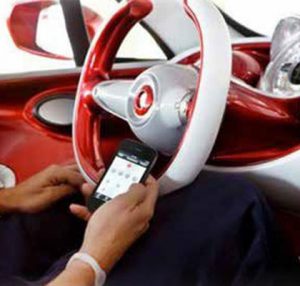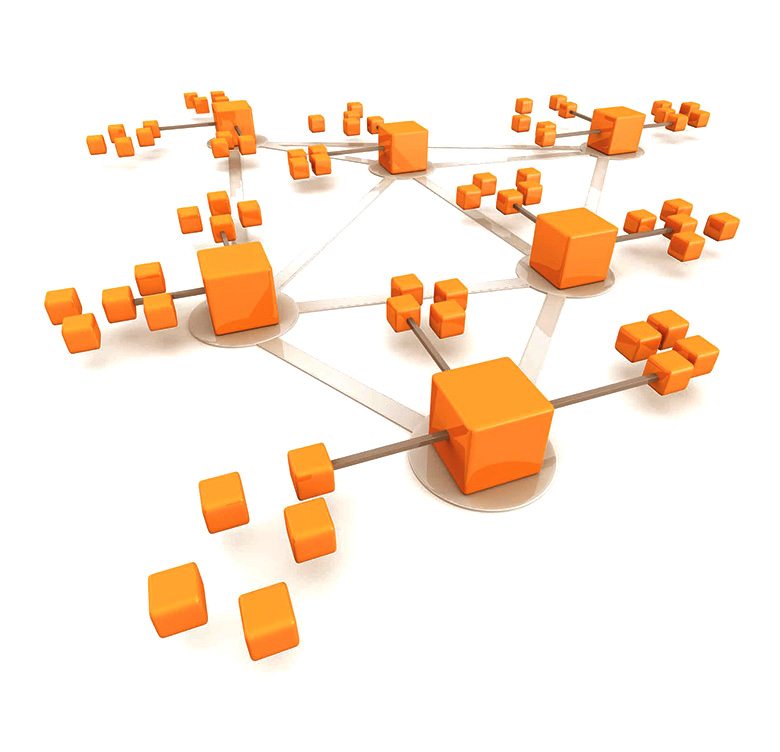In this week’s fourth instalment, we explore how the rapid growth of the Internet affects the automotive industry, and how integrating the Internet and Aftersales selling solutions can be used to strengthen the interconnectivity between automakers, dealerships and customers.
“The trends we are seeing and aiming for right now are more to do with connectivity and how cars communicate with the customer and the workshop before they even come into the workshop for their repair or accessory.”
Starting from Now
 Little connectivity beyond vehicle diagnostic interfaces has been incorporated into vehicles and dealership processes. Today’s vehicle user has little opportunity for automated digital interaction with the vehicle or the dealership.
Little connectivity beyond vehicle diagnostic interfaces has been incorporated into vehicles and dealership processes. Today’s vehicle user has little opportunity for automated digital interaction with the vehicle or the dealership.
Automaker and dealership Aftersales operations have taken steps towards using the Internet for commerce. However, interviewed leaders indicated that little is known about how to make Aftersales Internet experiences and portals that are engaging and ‘sticky’. Most have put their ‘toe in the water’ with EPC functionality, accessory sales, technical bulletins, and online service appointment booking, but relative utilisation is low and for the most part, unprofitable in its own right.
There is still generally suspicion by automakers and dealerships about releasing too many proprietary information tools, like EPCs, vehicle service histories, repair and maintenance details, and the like, out of concern that such information could be used to sell aftermarket parts and service against them.
Vision of the Future
In 2020, most grades of vehicles will have digital connectivity that provides connection between the vehicle and user, vehicle and customer, vehicle and automaker/dealership. On-board vehicle systems will seamlessly connect owners/users with dealerships, cars will inform dealerships about the services and parts they need before they even arrive in the shop, and they will be able to alert owners when specific maintenance is needed. This will revolutionise the costs and logistics associated with dealership handling of parts inventory and personnel scheduling.
One benefit for the automaker is that vehicle telemetry systems will enable them to collect information in real-time about how their vehicles are being used and serviced, which can be analysed for trends, and used when creating product ideas and service marketing campaigns. This will improve customer retention and build brand engagement by helping to create a strong relationship between the vehicle owner/user and the dealership.
Internet innovation will not just be consumer driven, it will also be device driven. All customer engagement processes will have person-to-person and online implementations. Customers and prospects, and their avatars and machines, will be able to accomplish a variety of automated interactions with automakers/dealerships. Online engagements will provide advanced selling, booking, and consumer information functions, which support machine-to-machine (avatar–to-avatar) negotiation and transaction closures (i.e., sales and bookings).

Bridge to the Future
To achieve the level of customer connectivity forecasted, automakers will integrate telemetric systems into vehicles, and technology solutions will be developed by third party ITPs that deliver the right type of personally targeted information to the vehicle owner/user. This information will be triangulated, regressed, and projected from data collected from numerous sources, including vehicles, automakers, governments, social media, and hundreds more. New technologies, including ‘self-aware components’, will allow automakers to wirelessly add more sensors and real-time decision processes into vehicles, more simply and at a lower unit cost than today.
They will work with technology providers to create systems that are designed for cross-franchise interoperability, so that they can seamlessly communicate between the dealership, vehicle, and devices. The volume of data will grow manifold, and the importance of data will not come from protecting it, but rather from how effectively it can be used.
Progressive and innovative IT solution developers like Infomedia will initially create comprehensive and integrated online Aftersales parts and service selling solutions that exceed the expectations of retail and trade audiences. They will be information-rich, operationally intuitive smart systems that will be able to mix and match data and information to facilitate known and unknown customer engagement situations in real-time, whether the vehicle is stationary or in motion.
